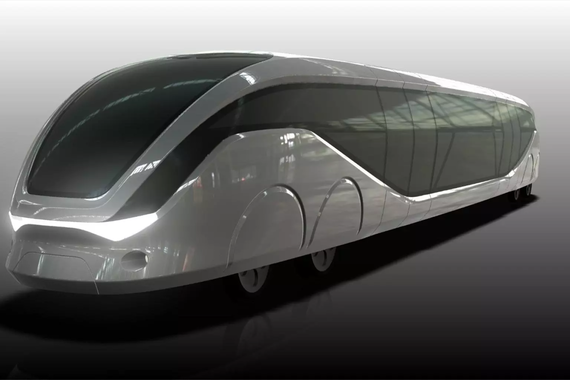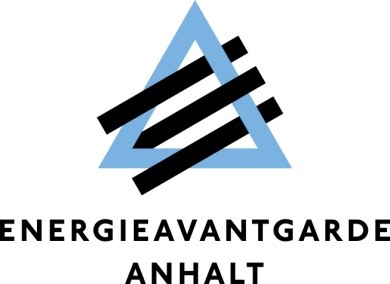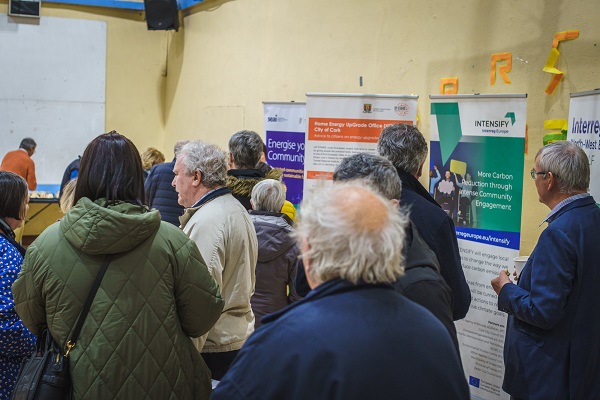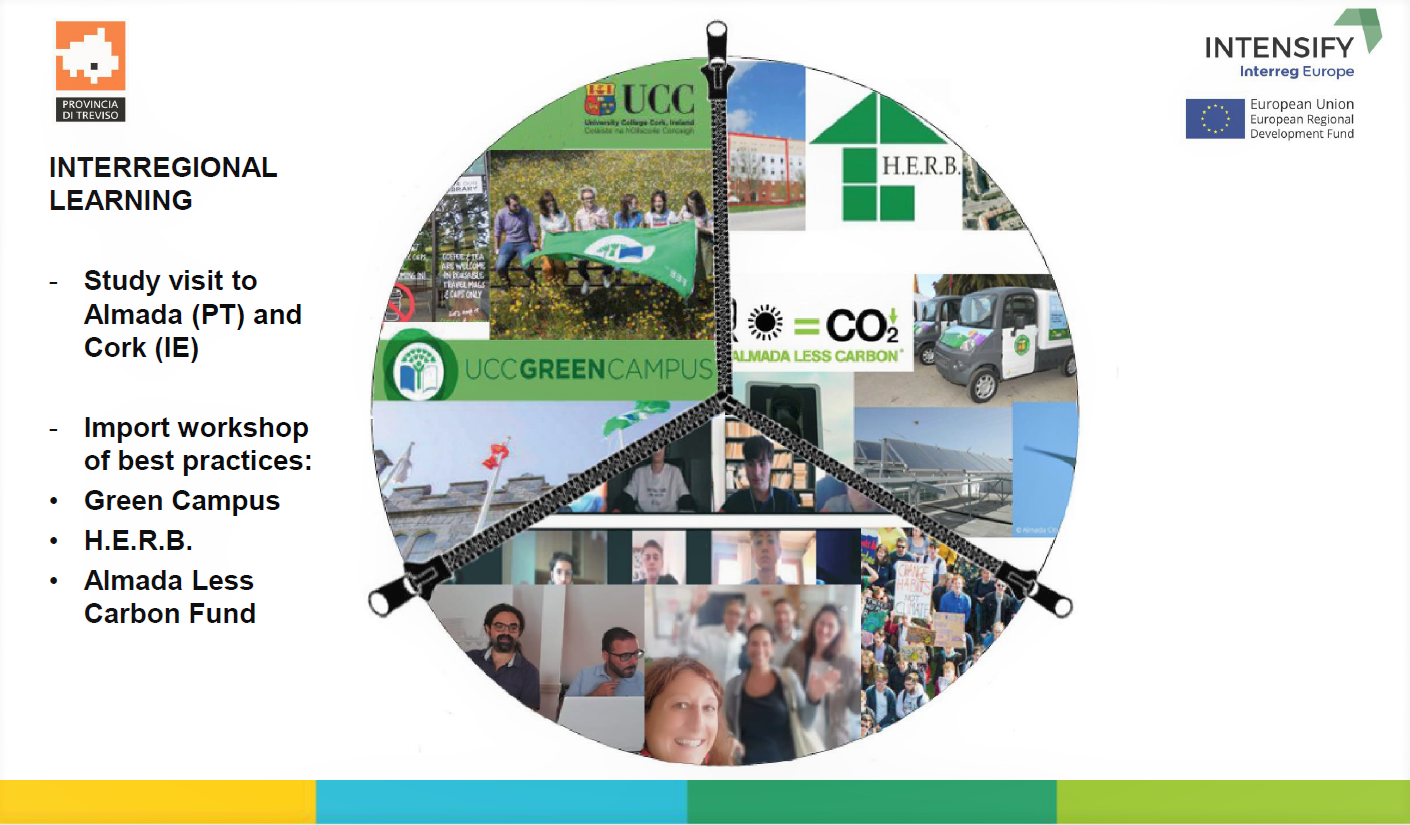A new municipal study identifies the potential of solar energy on the roofs of Vitoria-Gasteiz
A map synthesizes the capacity to generate electric energy based on the amount of solar energy that reaches every roof in the municipality
A decade ago, the City Council of Vitoria-Gasteiz, together with the Polytechnic University of Madrid, launched a collaborative work to identify the potential of solar energy in the city of Vitoria-Gasteiz. The changes that have taken place in recent years in the technological fields (better yields, significant reduction in the price of photovoltaic installations) and regulatory (legislation favorable to self-supply) have inspired an update of the work carried out, in collaboration with the CEA, with the objective of contribute to the municipal strategies to Fight against Climate Change and in favor of a sustainable energy transition. As specific objectives, besides updating the potential of electricity generation through the use of photovoltaic solar energy in building roofs by 2017, but also other basic indicators such as self-sufficiency, photovoltaic self-supply, associated costs and benefits, and making these results available for citizens.
The scope of the study emcompasses 3,915 hectares distributed in 31 neighborhoods that made up the city of Vitoria-Gasteiz in 2017. As starting data, cartographic data, solar resource, electricity consumption and cadastral data for the same year have been used. The analyzes have been carried out on a global scale of the entire city, as well as on a detailed scale of each of the neighborhoods.
Among the results obtained, it is worth highlighting:
• The excellent potential for the capture of solar energy. 22% of the roofs have a good or very good solar potential, in which the losses with respect to an "optimal" roof (oriented to the south and inclined about 30 º) would be less or equal to 20%. Likewise, 61% of the roofs have an acceptable solar potential.
• At the level of the entire city, the use of the potential would allow the installation of a total of 1,258 MW, 82% on inclined roofs and 18% on flat roofs. This could mobilize investments of 1,461 million euros and generate 1,140 GWh annually. This generation would exceed the electricity consumed only in the city in 2017, which was 894 Gwh. The surplus (246 GWh) would be equivalent to 62% of the electricity consumption of the rest of the municipality.
In short, the city of Vitoria-Gasteiz presents an excellent solar potential that can be used for electricity generation through the use of photovoltaic solar installations and, with this, contribute to a sustainable energy transition from the environmental, economic and social perspectives.
www.vitoria-gasteiz.org/wb021/was/contenidoAction.do;






